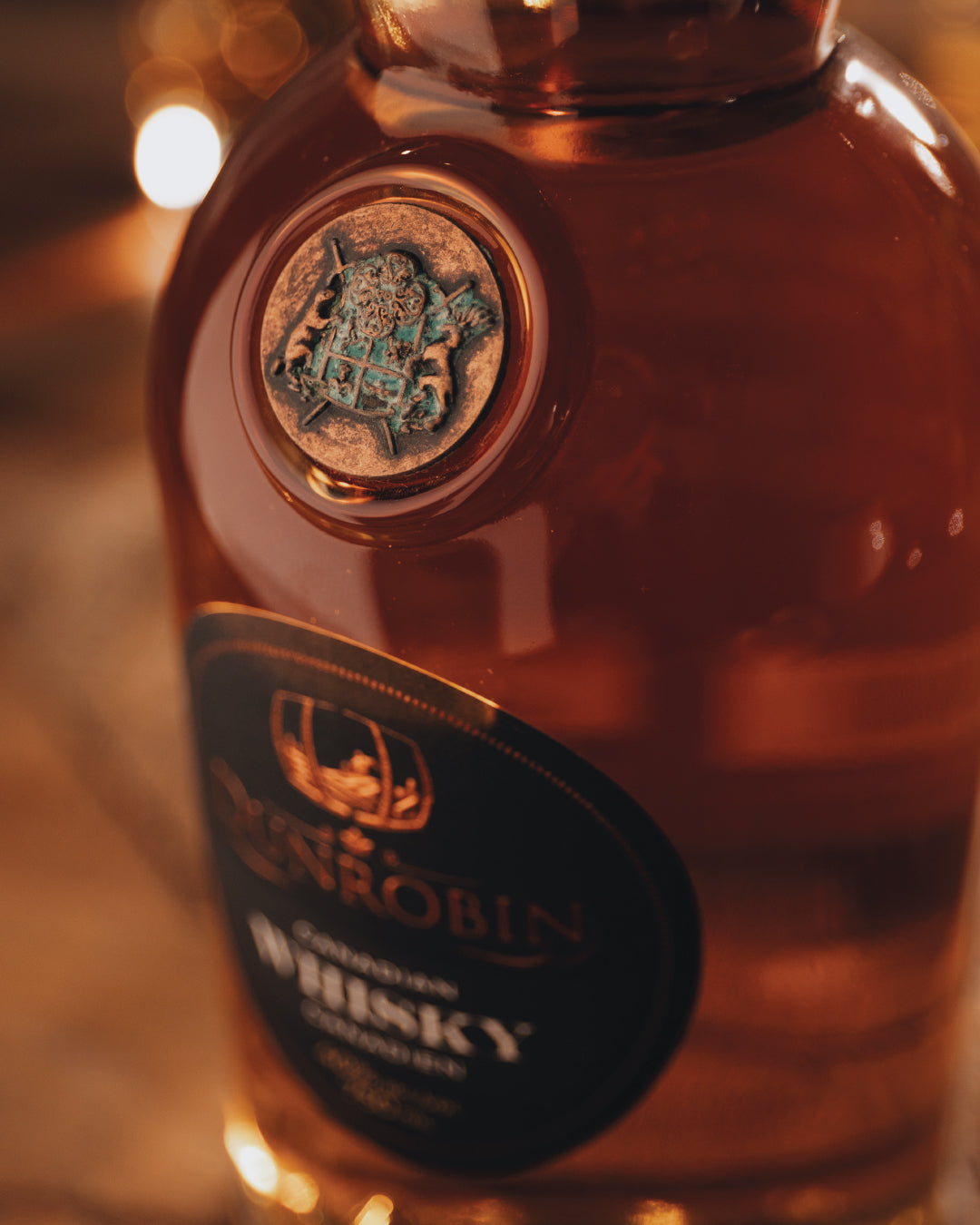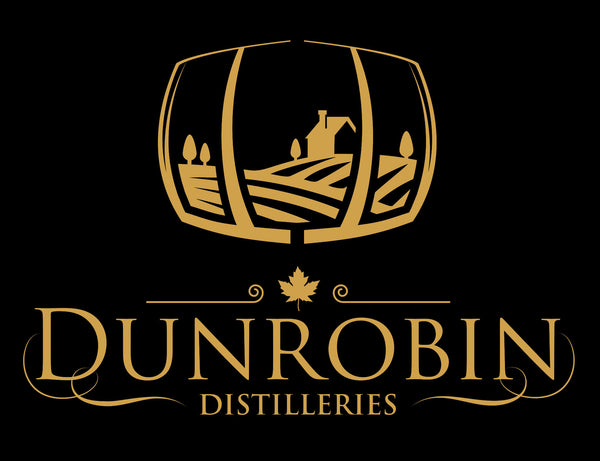
The Evolution of Whiskey: From Traditional to Modern
Whiskey is a timeless spirit with a rich history spanning centuries. Its journey from ancient distillation practices to modern-day innovations reflects the dynamic interplay between tradition and progress. This blog post explores the evolution of whiskey, delving into its origins, the rise of traditional whiskey, the impact of regulations and Prohibition, the modern whiskey renaissance, and future trends. We'll also highlight the unique contributions of Dunrobin Distilleries, a contemporary player in this storied industry.
1. Ancient Origins: The Birth of Whiskey
A. Early Distillation Practices
The origins of whiskey are deeply rooted in the ancient practice of distillation. The earliest known distillation techniques date back to ancient civilizations in Mesopotamia and Egypt, where alchemists distilled substances for medicinal and scientific purposes. However, the distillation of alcohol as we know it began in the early Middle Ages. Monks in Ireland and Scotland, skilled in the arts of alchemy and medicine, adapted these techniques to create spirits from fermented grains.

These early distillations were rudimentary, often using simple pot stills. The process involved fermenting a mash of grains, then heating it to separate the alcohol from the water and other components. The resulting spirit, known as "aqua vitae" or "water of life," was primarily used for medicinal purposes, believed to cure a variety of ailments. This early form of whiskey was harsh and potent, far from the refined spirit we enjoy today.
B. The Role of Monasteries
Monasteries played a pivotal role in preserving and advancing the art of distillation. Monks were some of the few literate people in medieval Europe, and they meticulously documented their brewing and distillation processes. These records were crucial in maintaining and refining the techniques over generations. The monastic environment, with its emphasis on discipline and experimentation, was ideal for developing the craft of whiskey-making.
Monasteries were also instrumental in cultivating the ingredients necessary for distillation. They grew grains and herbs, experimented with yeast strains, and perfected fermentation methods. Over time, the production of whiskey spread beyond the monasteries to farms and households, where it became a staple beverage. The knowledge and practices developed in these early monastic distilleries laid the foundation for the whiskey industry that would flourish in Ireland and Scotland.

2. The Rise of Traditional Whiskey
A. Establishment of Distilleries
The commercialization of whiskey production began in earnest during the 15th and 16th centuries. As the popularity of whiskey grew, distilleries were established across Ireland and Scotland. The establishment of Bushmills in Northern Ireland in 1608 marked a significant milestone, as it was the first distillery to receive a license, legitimizing the production of whiskey and setting standards for quality and consistency.
The formalization of distilleries led to the standardization of whiskey-making processes. This period saw the introduction of pot stills made of copper, which helped improve the quality of the spirit by removing impurities. The maturation of whiskey in wooden casks also became standard practice, enhancing the flavour and complexity of the spirit. These developments were crucial in transforming whiskey from a rough, medicinal spirit into a refined and sought-after beverage.

B. Regional Styles and Techniques
As whiskey production spread and evolved, distinct regional styles emerged, each with its unique characteristics. In Scotland, whiskey production was heavily influenced by the natural environment. The use of peat—a dense, mossy material found in Scottish bogs—to dry malted barley imparted a distinctive smoky flavor to Scotch whisky. This practice became a hallmark of Scotch whisky, particularly in regions like Islay.
In contrast, Irish whiskey developed a reputation for smoothness and lightness. Traditionally, Irish whiskey is triple-distilled, which results in a cleaner, more refined spirit compared to the typically double-distilled Scotch. Additionally, the use of both malted and unmalted barley in the mash bill gave Irish whiskey a unique character. This difference in distillation and ingredients created a clear distinction between Scotch and Irish whiskeys, which continues to this day.
3. The Impact of Prohibition and Regulation
A. Prohibition in the United States
The early 20th century brought significant challenges to the whiskey industry, particularly with the onset of Prohibition in the United States from 1920 to 1933. Prohibition made the production, sale, and distribution of alcoholic beverages illegal, severely impacting the American whiskey industry. Many distilleries were forced to shut down, while others operated illegally, producing unregulated and often unsafe "moonshine."
Despite these challenges, some distilleries managed to survive by producing medicinal whiskey, which was legally available by prescription. This period also saw a rise in the production of bootlegged spirits, leading to a black market for alcohol. The end of Prohibition in 1933 marked a resurgence for the American whiskey industry, with distilleries rebuilding and re-establishing their brands. However, the industry landscape had changed dramatically, with many small distilleries never reopening and the dominance of a few large producers.

B. The Influence of Global Regulations
Around the world, the whiskey industry has been shaped by various regulations that govern production methods, labeling, and geographical indications. For example, Scotch whisky is subject to stringent regulations under Scottish law, including requirements that it must be aged for a minimum of three years in oak casks and distilled in Scotland. These regulations ensure the quality and authenticity of Scotch whisky, protecting it from imitations and maintaining its global reputation.
Similarly, the definition of bourbon is legally protected in the United States. To be labeled as bourbon, the spirit must be made in the U.S., contain at least 51% corn, be distilled to no more than 160 proof, and aged in new charred oak barrels. These standards help preserve the unique characteristics of bourbon and distinguish it from other types of whiskey. Such regulations are crucial for maintaining the integrity of whiskey categories and providing consumers with confidence in the products they purchase.

4. The Modern Whiskey Renaissance
A. Craft Distilleries and Innovation
In recent decades, the whiskey industry has experienced a renaissance, driven in large part by the emergence of craft distilleries. These small, independent distilleries have brought new energy and innovation to the industry, experimenting with unique ingredients, distillation methods, and aging techniques. The craft movement has also led to the revival of historical styles, such as rye whiskey, and the exploration of new categories, such as single-grain and single-estate whiskeys.
One notable trend among craft distilleries is the use of local and organic ingredients, which has resonated with consumers interested in sustainability and authenticity. Additionally, craft distillers often emphasize transparency, providing detailed information about their production processes and sourcing. This focus on craftsmanship and quality has helped differentiate craft whiskeys from mass-produced products, attracting a dedicated following of enthusiasts.
B. The Rise of Non-Traditional Regions
While Ireland, Scotland, and the United States have long been the traditional strongholds of whiskey production, non-traditional regions have emerged as significant players in the industry. Countries such as Japan, India, and Taiwan have developed thriving whiskey industries, producing award-winning spirits that compete on the global stage.
Japanese whisky, in particular, has gained international acclaim for its meticulous craftsmanship and balance. Inspired by Scottish traditions but distinctly Japanese in execution, these whiskies are known for their delicate and nuanced flavors. Indian and Taiwanese distilleries have also made a mark, with products that often reflect their unique climates and cultural influences. The success of these non-traditional regions has expanded the global whiskey market and introduced new styles and flavours to consumers.

5. The Future of Whiskey
A. Sustainability and Innovation
As the whiskey industry looks to the future, sustainability has become a critical focus. Distilleries are increasingly adopting eco-friendly practices, such as reducing energy consumption, minimizing water usage, and implementing waste-reduction strategies. For example, some distilleries are exploring the use of renewable energy sources, such as solar and wind power, to reduce their carbon footprint. Others are experimenting with sustainable packaging, including lightweight bottles and biodegradable materials.
Innovation continues to drive the industry forward, with new technologies and techniques emerging to enhance production. One area of exploration is accelerated aging, where methods such as micro-oxygenation and ultrasonic waves are used to speed up the maturation process. These techniques offer the potential to produce well-aged whiskey in a fraction of the traditional time, reducing costs and increasing accessibility. However, they also raise questions about the impact on flavor and authenticity, which distillers and consumers will continue to navigate.

B. The Evolving Consumer Landscape
The consumer landscape for whiskey is also evolving, with younger and more diverse audiences becoming interested in the spirit. This demographic shift is driving demand for new and innovative products, such as flavored whiskeys, ready-to-drink cocktails, and non-alcoholic whiskey alternatives. The rise of digital media and e-commerce has also transformed the way whiskey is marketed and sold, providing distilleries with new platforms to reach and engage with consumers.
As whiskey continues to evolve, it remains a symbol of tradition and innovation, reflecting the cultural and technological changes of its time. From its ancient origins to its modern incarnations, whiskey's journey is a testament to the enduring appeal of this beloved spirit. As we look to the future, the whiskey industry promises to continue surprising and delighting enthusiasts with new flavors, stories, and experiences.
